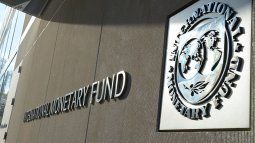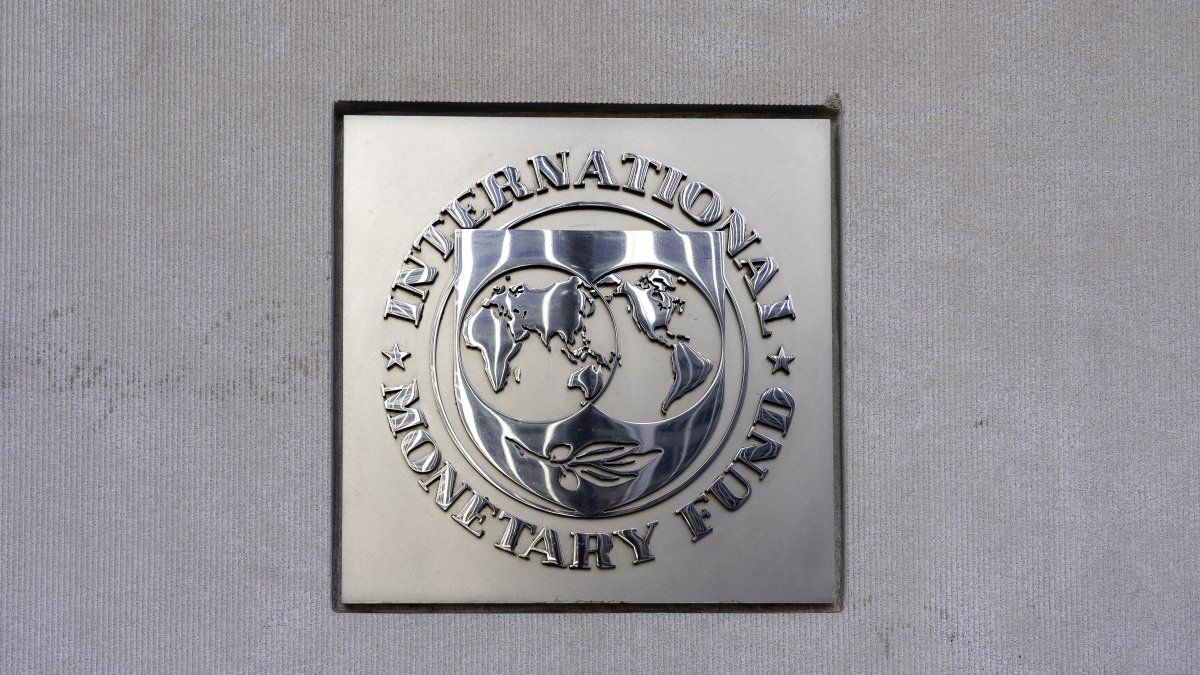The International Monetary Fund (IMF) released the staff report which analyzes the measures implemented by the government of Javier Milei and establishes a roadmap forward, after the last review of the agreement.
Among the objectives are the elimination of the exchange rate, the PAIS tax on imports and with respect to the exchange rate, it asks to maintain its competitiveness. In this regard, it calculates that after the December devaluation, the real exchange rate is between 35 and 40% above the level it should have in the median.
Depositphotos
He International Monetary Fund (IMF) announced the staff report where the measures implemented by the government of Javier Milei and a forward roadmap is established, following the latest review of the agreement.
The content you want to access is exclusive to subscribers.
The objectives include eliminating the exchange rate, the PAIS tax on imports and regarding the exchange rate requires maintaining its competitiveness. In this regard, he calculates that after the December devaluation, the real exchange rate is between 35 and 40% above the level it should have in the median.


It also analyzes the aspects of the Base Law, deregulations in economic matters, relative price adjustments and the social situation. He believes that the new government’s measures may contribute to stabilization.
In any case, be warned that The risks of the program “remain high, which “It reflects a very difficult legacy, as well as a complex political and social context, with a fragmented Congress, falling real wages and high poverty.”
Here are the main points:
- An ambitious stabilization plan is being implemented to correct serious policy slippages in the final quarters of 2023. The plan focuses on establishing a strong fiscal anchor along with policies to lastingly reduce inflation, rebuild reserves and address distortions and long-standing problems. impediments to growth.
- The path to stabilization will be challenging and will require strong implementation and agile policy formulation. Clear communication and well-targeted social assistance will be essential to generating social and political support for the program.
- The plan focuses on establishing a strong fiscal anchor (consistent with a large initial adjustment of around 5 percentage points of GDP), along with key actions to rebuild reserves, boost the trade balance (achieve twin surpluses), correct large and extensive relative price imbalances, strengthen the Central Bank’s balance sheet and create a simpler, rules-based and market-oriented economy. It also provides for the expansion of social assistance to protect the most vulnerable. An Emergency Order has been issued and an omnibus bill has been submitted to Congress to help support these efforts.
- Key features of the agreed plan are detailed. Tight fiscal policies and the initial currency correction are expected to hit domestic demand hard, with real GDP contracting by around 2.8 percent this year.
- Meanwhile, inflation will accelerate in the short term as relative price imbalances and other price controls are removed, although disinflation is expected to kick in soon after, thanks to the implementation of strict policies.
- The current account will enter surplus (strengthening by more than 4 percentage points of GDP this year), supported by a rebound in agricultural exports and further improvements in the energy balance, along with a strong compression of imports.
- The economy would begin to recover in late 2024 as initial headwinds dissipate and distortions are removed, although policies will need to remain tight to preserve current account surpluses and support further reserve accumulation.
- The authorities aim to achieve a primary surplus of 2 percent of GDP this year, consistent with general equilibrium, mainly through a combination of temporary (trade-related) taxes and efforts to reduce administrative costs, energy subsidies and transportation, discretionary transfers to provinces and state companies, and infrastructure spending.
- The program supports policymakers’ efforts to safeguard the overall balance over time, including through improvements in the efficiency of the tax and spending systems, some of which will require support from Congress.
- Authorities have significantly strengthened social assistance through child benefit and food stamp programs, while moving away from social programs distributed through intermediaries and preserving the real value of pensions through discretionary bonuses. Further expansion of assistance may be necessary as conditions evolve.
- Following the initial large devaluation in mid-December, the authorities have committed to maintaining an exchange rate policy consistent with reserve accumulation objectives and a market-based regime that avoids the previous approach of managing parallel currency and futures markets. .
- A simpler, rules-based import access system has been created along with a process to address the large trade debt overhang, offering a limited number of dollar instruments to importers who properly record their trade debts.
- The new authorities, having introduced temporary measures that contravene provisions of the Fund (Article VIII), commit to continue eliminating all exchange restrictions and multiple exchange rates in the short term and to develop a roadmap to this end.
- Together, these policies are expected to lead to significant reserve accumulation through the end of 2024 ($10 billion) and create the conditions for a return to reserve adequacy in the medium term.
- Against the backdrop of strict capital controls, the Central Bank softened the monetary policy stance and simplified the operational framework. Monetary policy is expected to evolve to support money demand and disinflation, including by establishing a nominal anchor. Measures will continue to be taken to reduce the large excess pesos, gradually strengthen the balance sheet of the Central Bank and simplify regulations of commercial banks.
- According to the fiscal program, the authorities will not seek any form of net financing for the government. Internally, a strategy is being executed to extend maturities and at the same time reduce dependence on instruments indexed to the exchange rate.
- The program is fully funded for the remainder of its duration and is expected to pave the way for Argentina to return to external markets in a time frame commensurate with debt refinancing needs.
- In terms of structural changes, authorities are determined to address long-standing impediments to growth, employment and exports, while boosting Argentina’s vast energy and mining potential. Recent regulatory and legislative initiatives represent a step in this direction, although the program will ensure they are appropriately sequenced and prioritized.
RISKS
As for the risks facing the program, the authorities’ electoral mandate to eliminate fiscal deficits and long-standing impediments to growth (many of which benefit vested interests) mitigate implementation risks.
That said, the program’s risks remain high, reflecting a very difficult legacy as well as a complex political and social context, with a fragmented Congress, falling real wages, and high poverty. Meanwhile, there are risks that the policy package will not initially meet its objectives, which will require agile policy formulation, contingency planning and the need to further expand social assistance.
Source: Ambito




